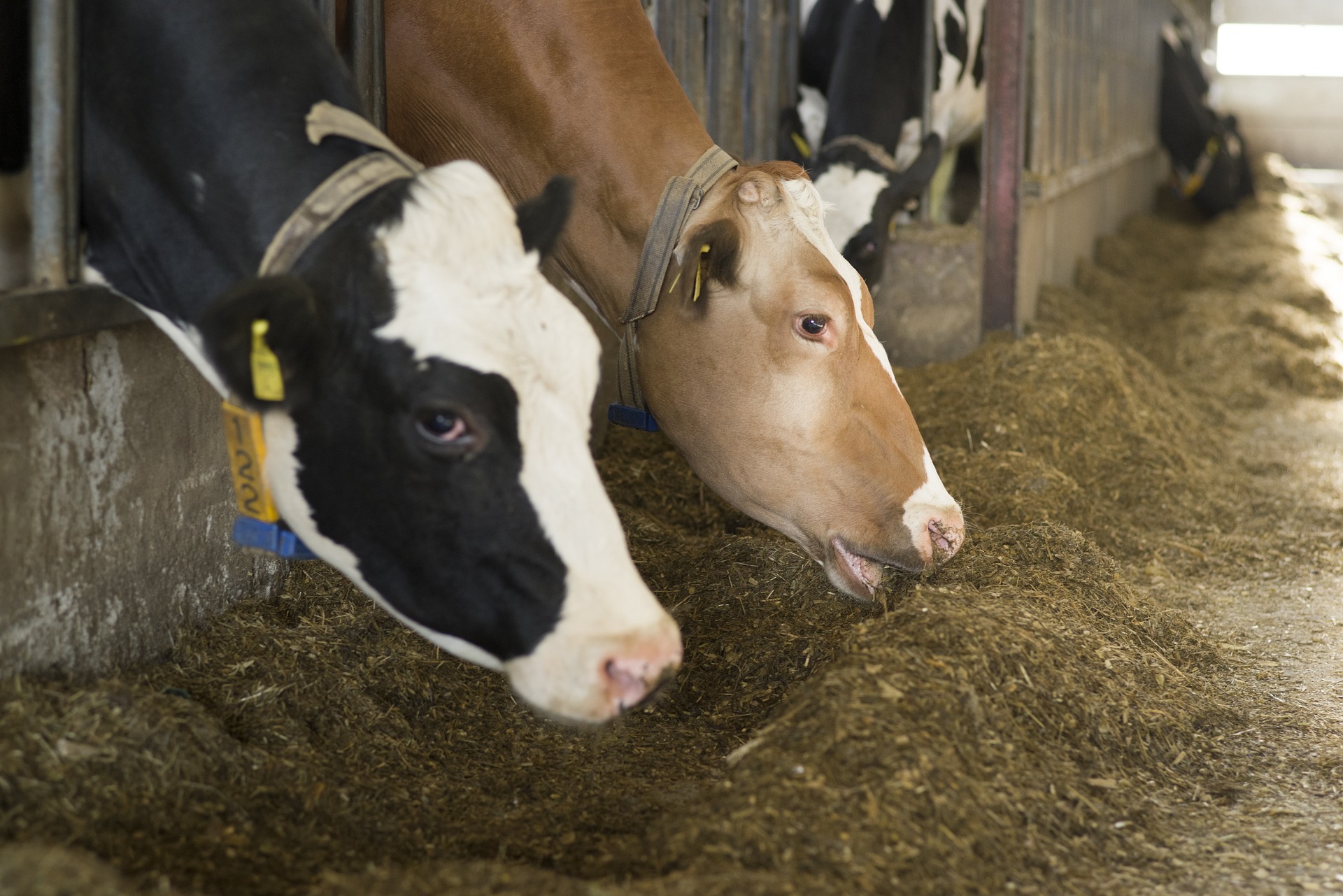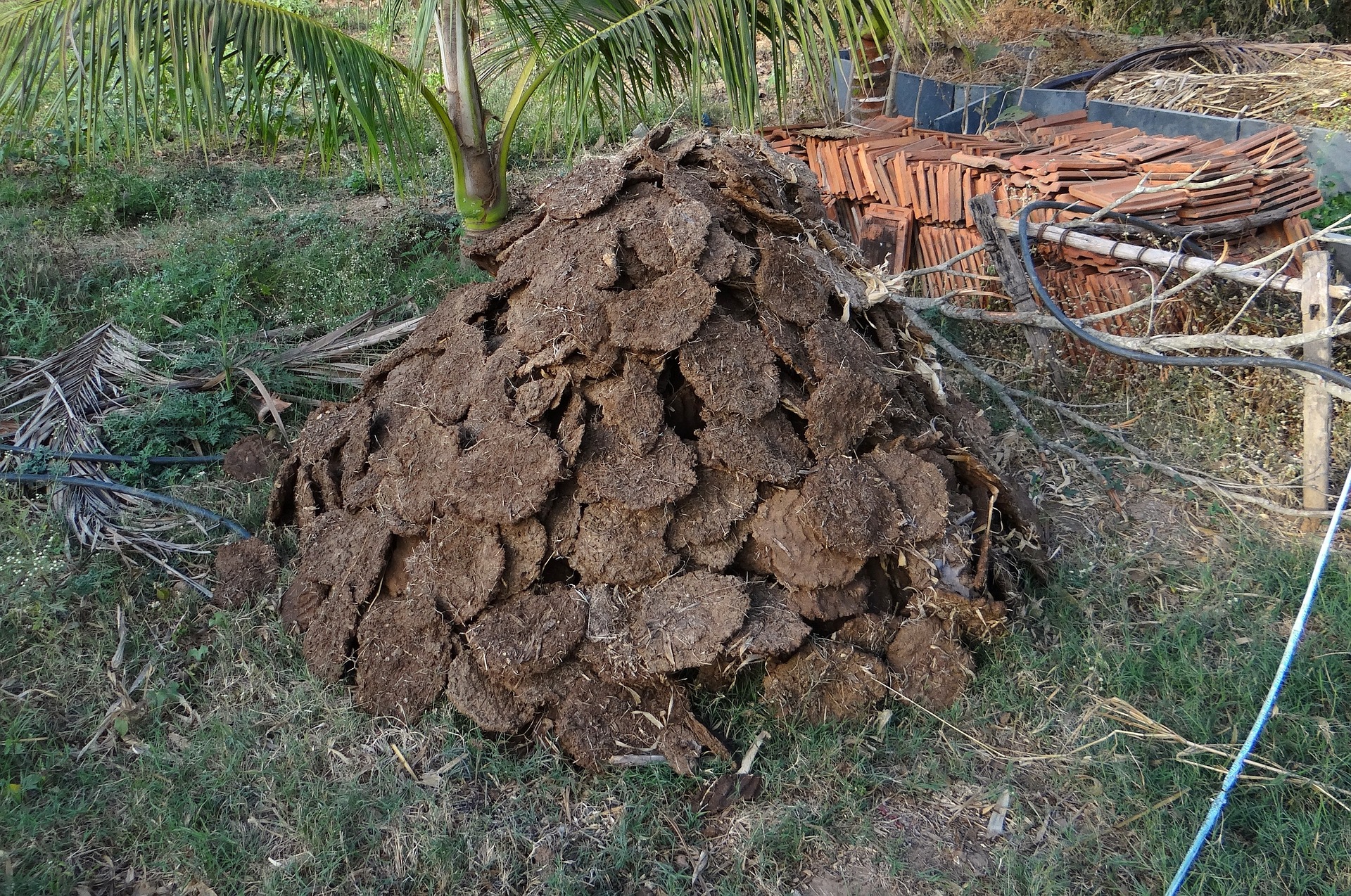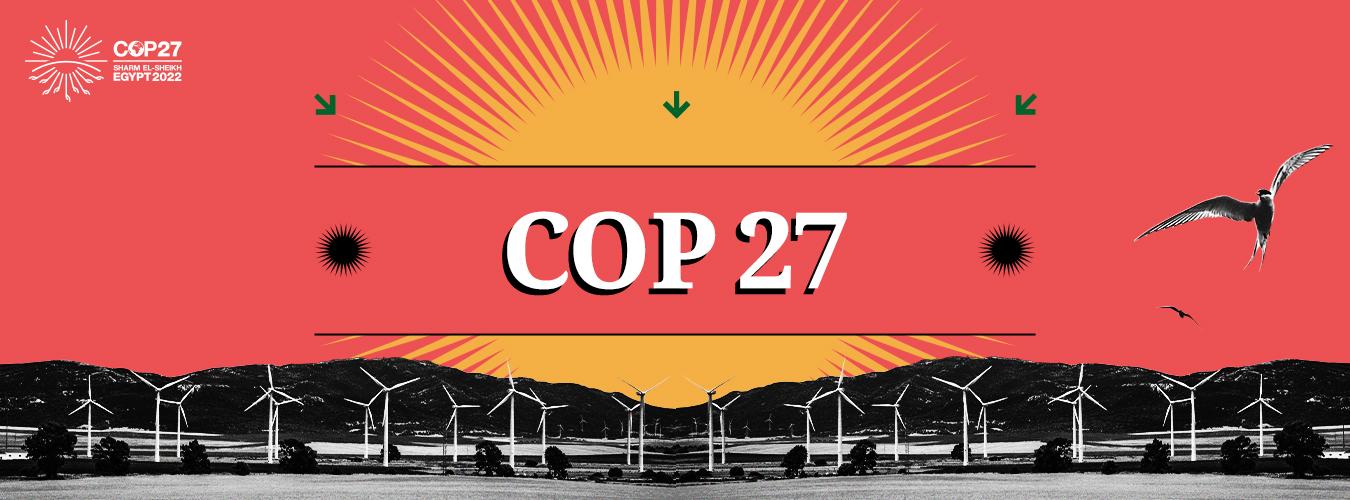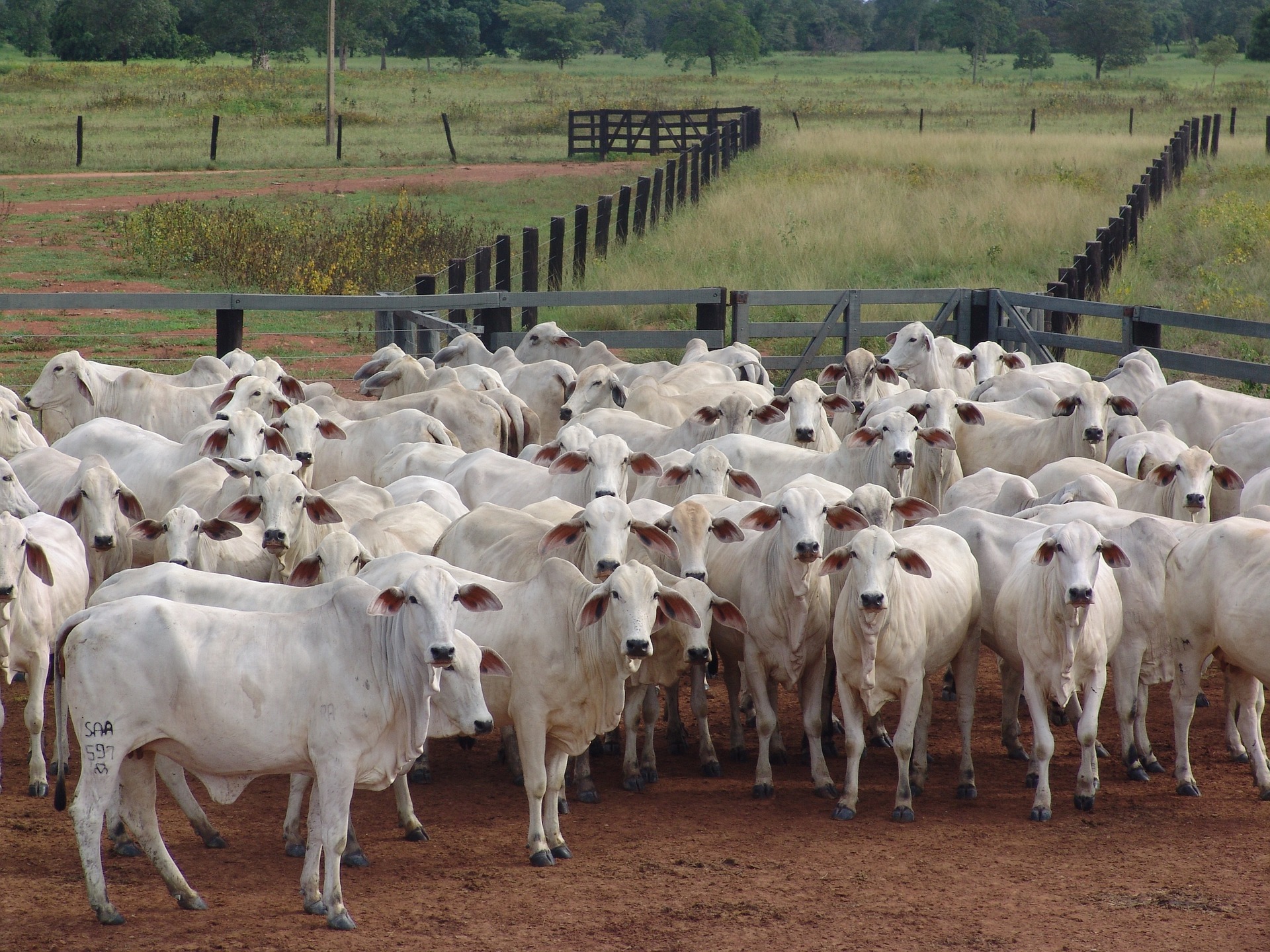Harnessing the power of daffodils to combat climate change is now a plausible idea if ongoing scientific experiments and field trials are anything to go by.

According to a study published in Scientific Reports, researchers from Scotland’s Rural College reported that a chemical extract from daffodils could help curb methane emissions from livestock.

Incorporating haemanthamine, the chemical extract from daffodils, in livestock feeds reduced methane emissions from artificial cow stomachs by 96 percent.
Daffodils are Wales’s national flower and bloom on March 1 every year, when Welsh people commemorate St David’s Day.
While methane breaks down quickly in the atmosphere, it is considered a more potent greenhouse gas than carbon dioxide and accounts for 14 percent of all human-induced global emissions.
This national flower is playing a special role in a potentially pioneering endeavor.
For a while, scientists have been testing a new method using daffodils to help lower the methane emitted by livestock.

About a third of human-caused methane emissions come from livestock, especially beef and dairy cattle, because they release methane from their burps and manure.
While methane breaks down quickly in the atmosphere, it is considered a more potent greenhouse gas than carbon dioxide and accounts for 14 percent of all human-induced global emissions.
The livestock reduction proposal has met resistance because it is a source of livelihood for many people globally.
For example, in 2019, while agriculture accounted for 10 percent of the UK’s greenhouse gases, methane contributed 54 percent of agricultural emissions.
Therefore, reducing methane emissions is a significant milestone in mitigating climate change and improving human health.
The potential of daffodils in combating climate change comes at a vital moment, especially in the developed world.
While the world agrees that climate change is an emerging threat to human life, there needs to be more consensus on some proposals for mitigating its effects.
The livestock reduction proposal has met resistance because livestock is a source of livelihood for many people globally.
The potential of daffodils in combating climate change comes at a vital moment, especially in the developed world.

Countries such as the Netherlands have passed strong legislation to protect the environment.
Yet these have come at a political cost fueled by the rise of right-wing political parties.
In 2019, the Farmers-Citizen Movement was established to protest against the Dutch government’s strict climate change policies targeting farmers.
The last two UN Climate Change conferences in Glasgow and Sharm el-Sheikh highlighted the need to reduce methane emissions, especially those from livestock.
The policies aimed to reduce the number of livestock per farm to cut nitrogen and methane emissions, two gases that contribute to climate change.
Earlier this year, the Farmer Citizen Movement won the popular vote in the Netherlands and became the largest party in the Upper House of Parliament with veto powers.
The rise of the Farmer Citizen Movement may be termed miraculous, but anti-government protests challenging climate change legislation have fueled it.
Many countries have drafted legislation to reduce methane emissions from livestock farming, but only New Zealand has signed it into law.
Similar demonstrations are ongoing throughout the European Union as plans to curb emissions fail to meet set targets.

The last two UN Climate Change conferences in Glasgow and Sharm el-Sheikh highlighted the need to reduce methane emissions, especially those from livestock.
While many countries have drafted legislation to reduce methane emissions from livestock farming, only New Zealand has signed it into law.

Other countries, such as the United Kingdom, are committed to net zero emissions by 2050, with no specific targets set for the farming sector.
Similar legislation in the Netherlands will likely face a big hurdle because the Farmer Citizen Movement now controls the Parliament and has the power to overrule such laws.
According to the published study, daffodils can reduce methane emissions by 30 percent from burps and manure once incorporated into livestock’s daily meals.
The first step is establishing a sustainable supply chain for daffodils to extract the active ingredient.
Field trials are ongoing around the UK to determine its effectiveness in reducing methane emissions from livestock.

Kevin Stephens, a farmer in Powys, started growing daffodils to complement his cow and sheep farming.
Back then, he grew daffodils to extract galantamine used to produce Alzheimer’s medicine.
He never contemplated that in the future, daffodils could be one of the answers to reducing methane emissions.
Professor Jamie Newbold, one of the lead researchers in this daffodil project, outlined the timeline of this research before it can be fully implemented.
Reducing livestock numbers even as the unit cost of production rises does not make monetary sense to farmers, which likely explains the resistance.
The first step is establishing a sustainable supply chain for daffodils to extract the active ingredient galanthamine.
Second, safety testing of the active ingredient in livestock and humans is essential to facilitate farm adoption.
Finally, field trials with farmers across the UK to determine its effectiveness in reducing methane emissions from livestock.
Why is this project significant in the overall scheme of things?

Livestock farming is a source of livelihood for many people across the world.
Reducing livestock numbers even as the unit cost of production rises does not make monetary sense to farmers, which likely explains the resistance.
If successful, this project’s potential to change the world is fascinating.
Growth of biotech startups
It will cut methane emissions from livestock farming and help mitigate climate change. It will likely encourage the commercial cultivation of daffodils in Wales and other countries with similar growth conditions, creating new jobs and boosting incomes for many farmers.
Also, it will likely grow this niche of scientific research using plant bioactive compounds in animal feeds to lower methane emissions.
This could promote the growth of multiple biotech startups, which balloon into a micro-economy and create green jobs.
________________________________________________________________________________________________
Dr Oria (PhD) is LEAD Fellow, Prof Janine Erler Research Group, Biotech Research and Innovation Centre – University of Copenhagen, Denmark.
